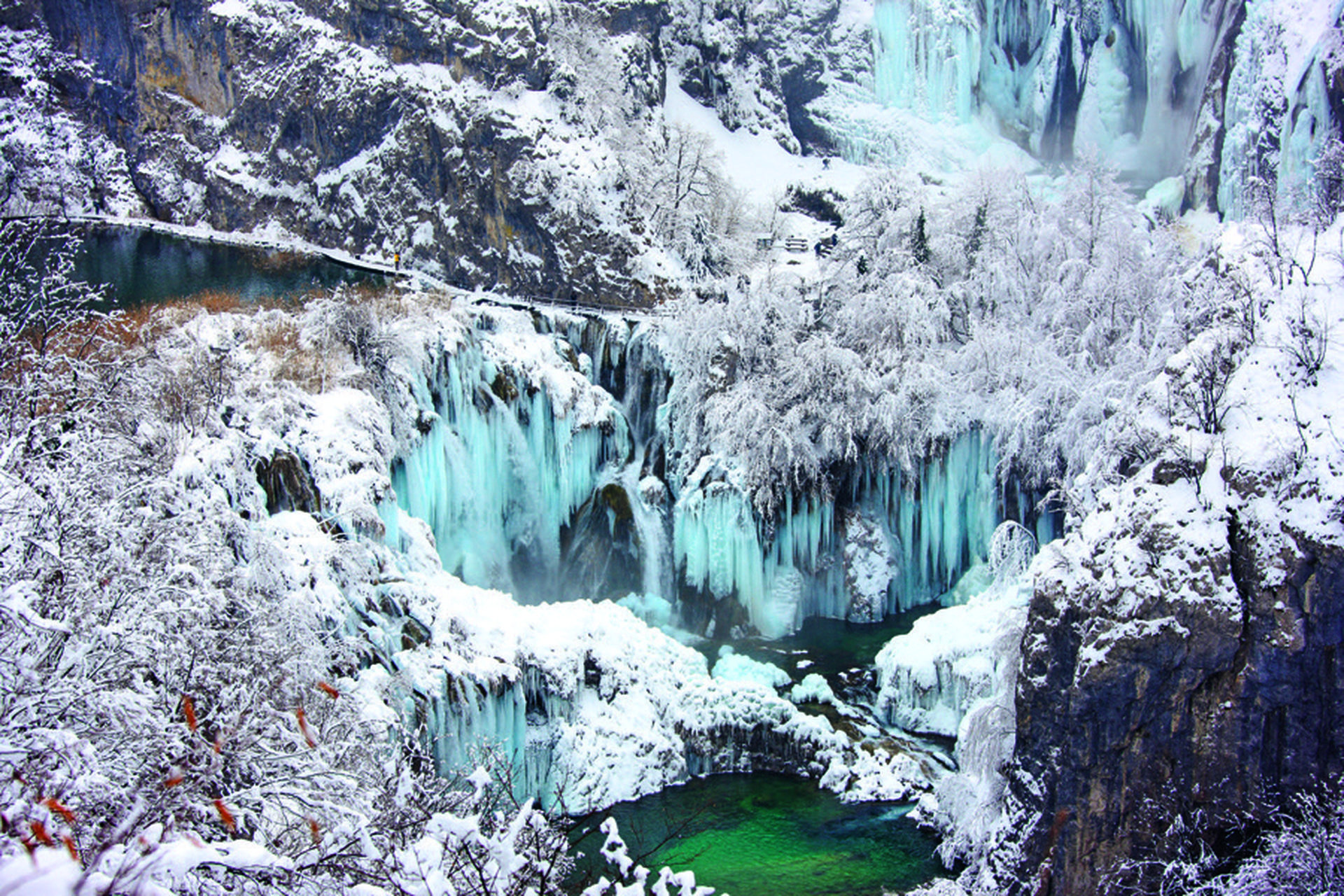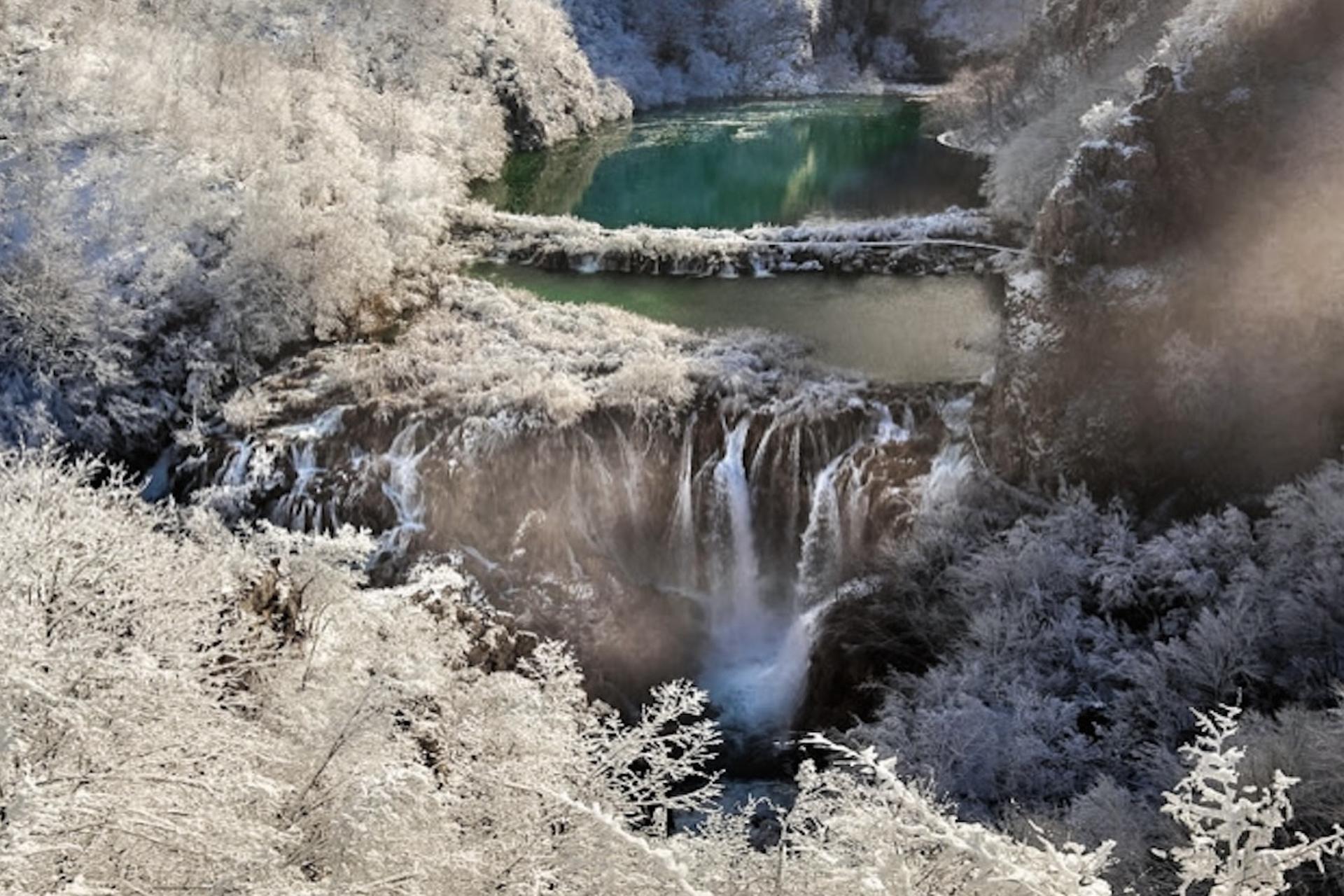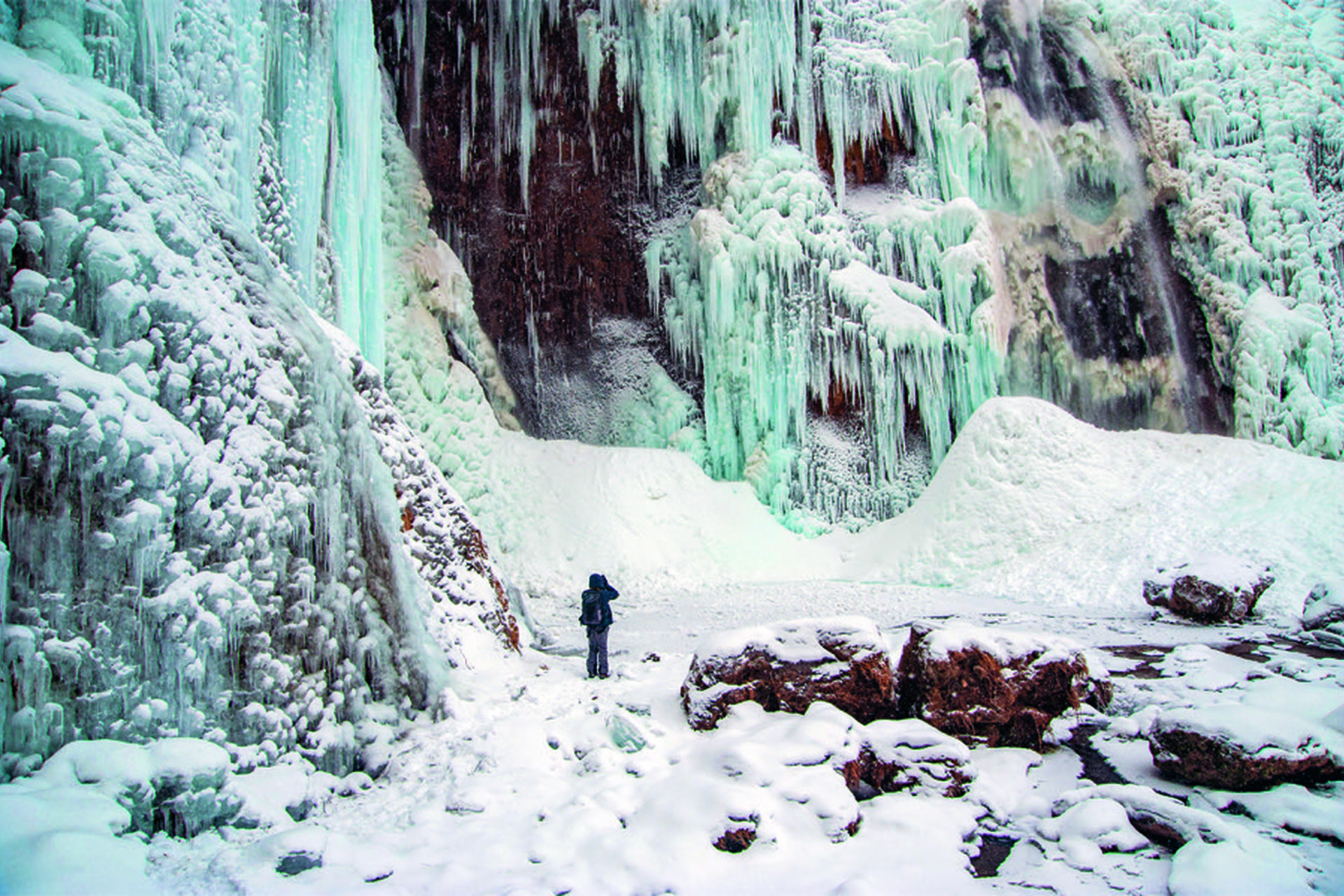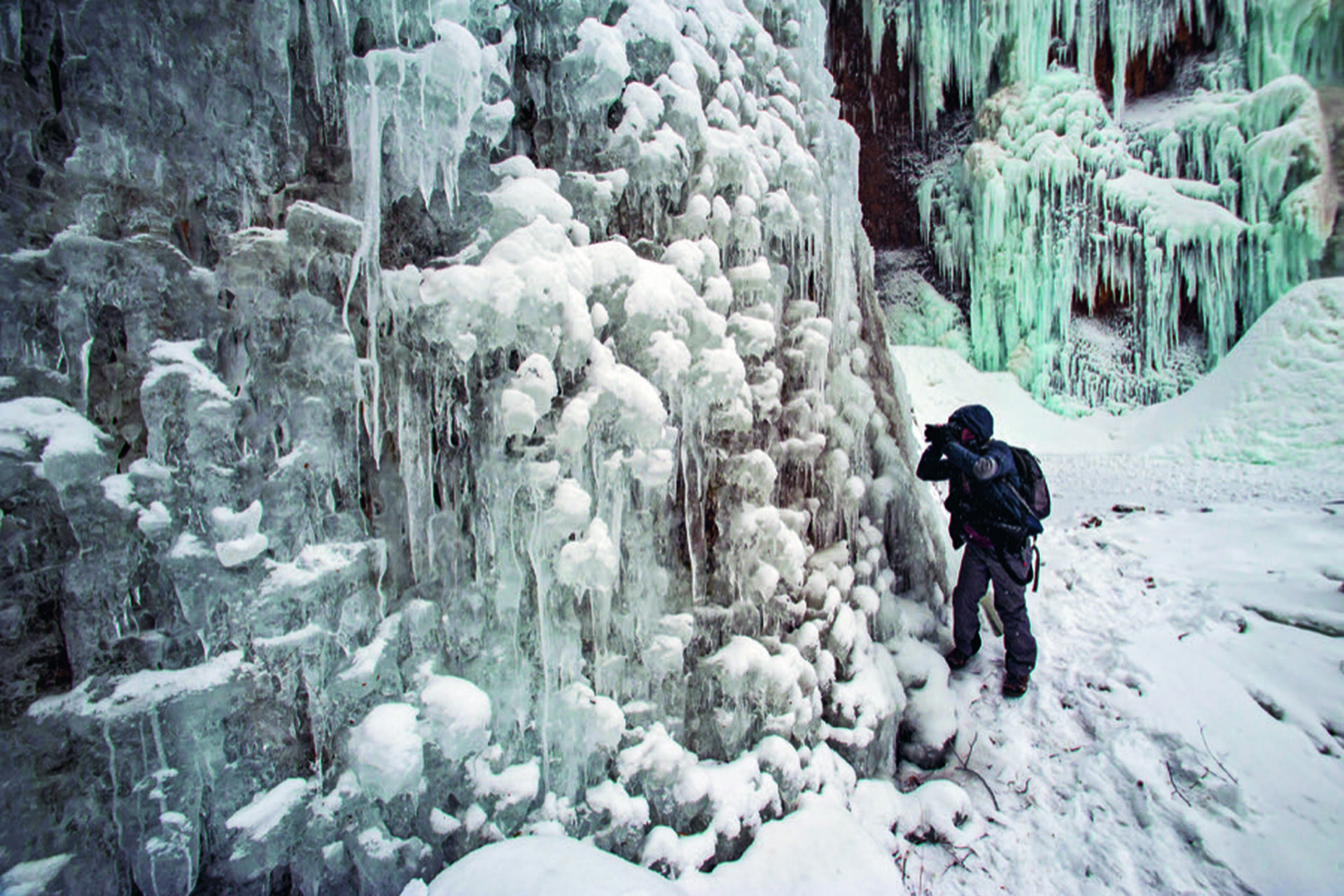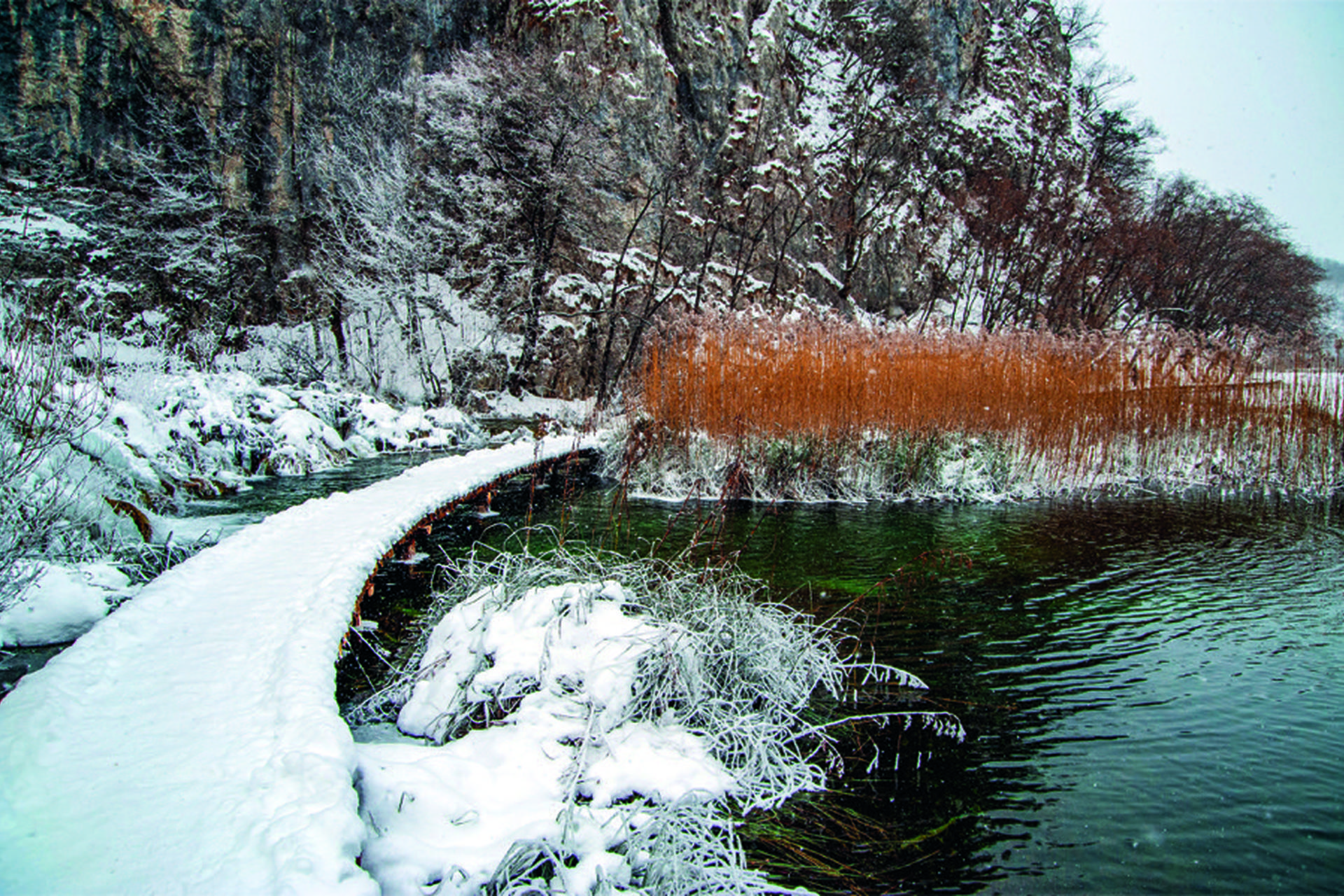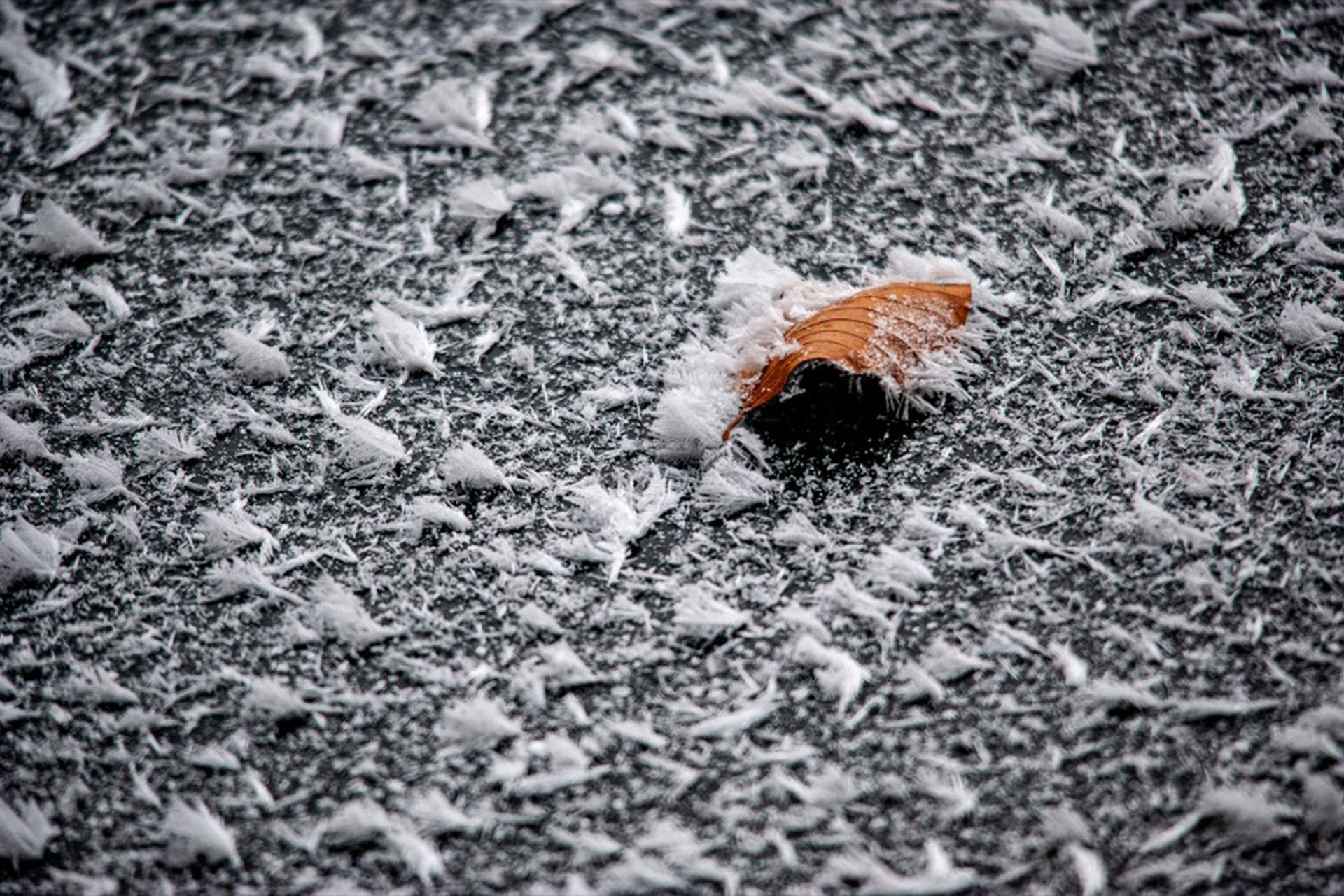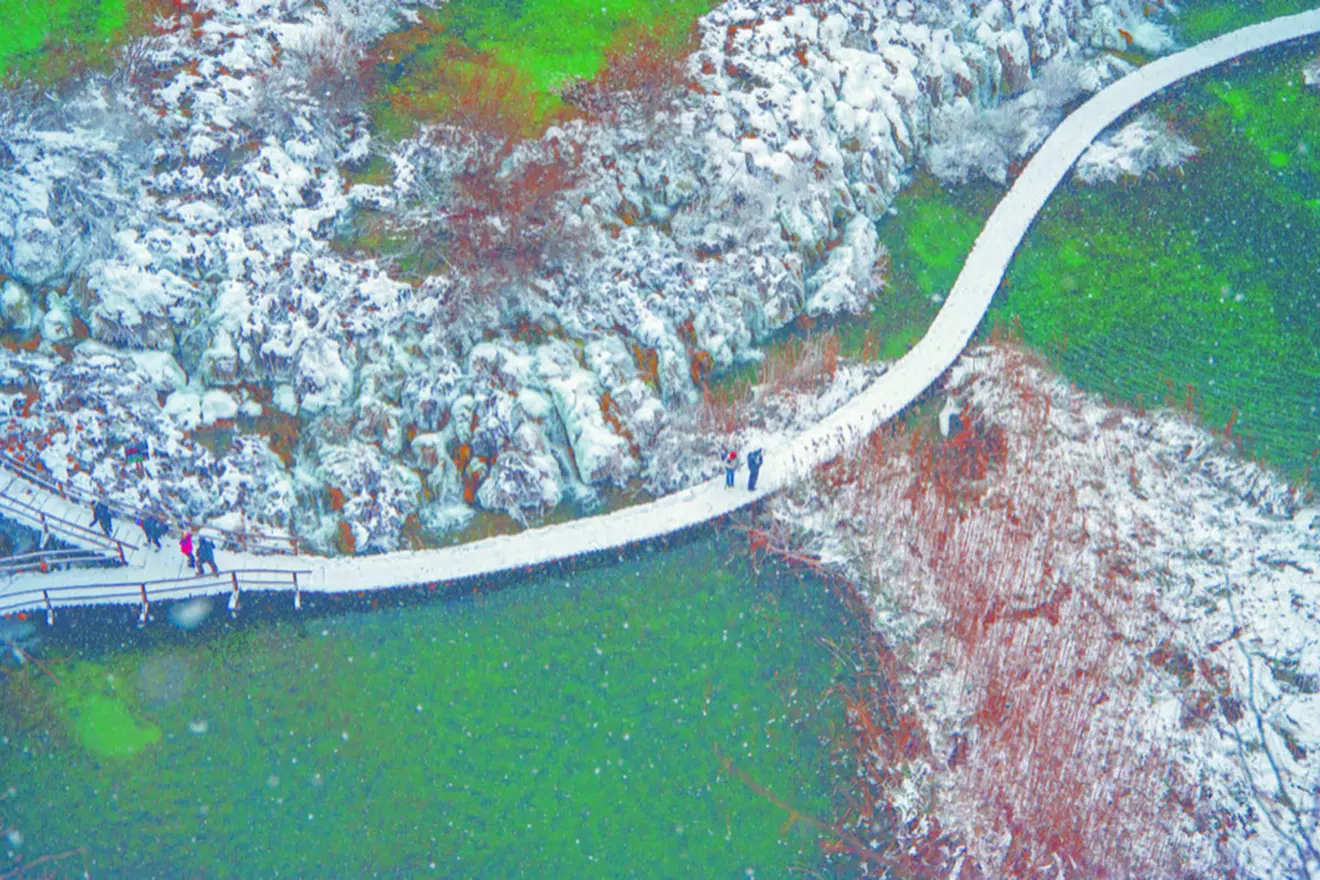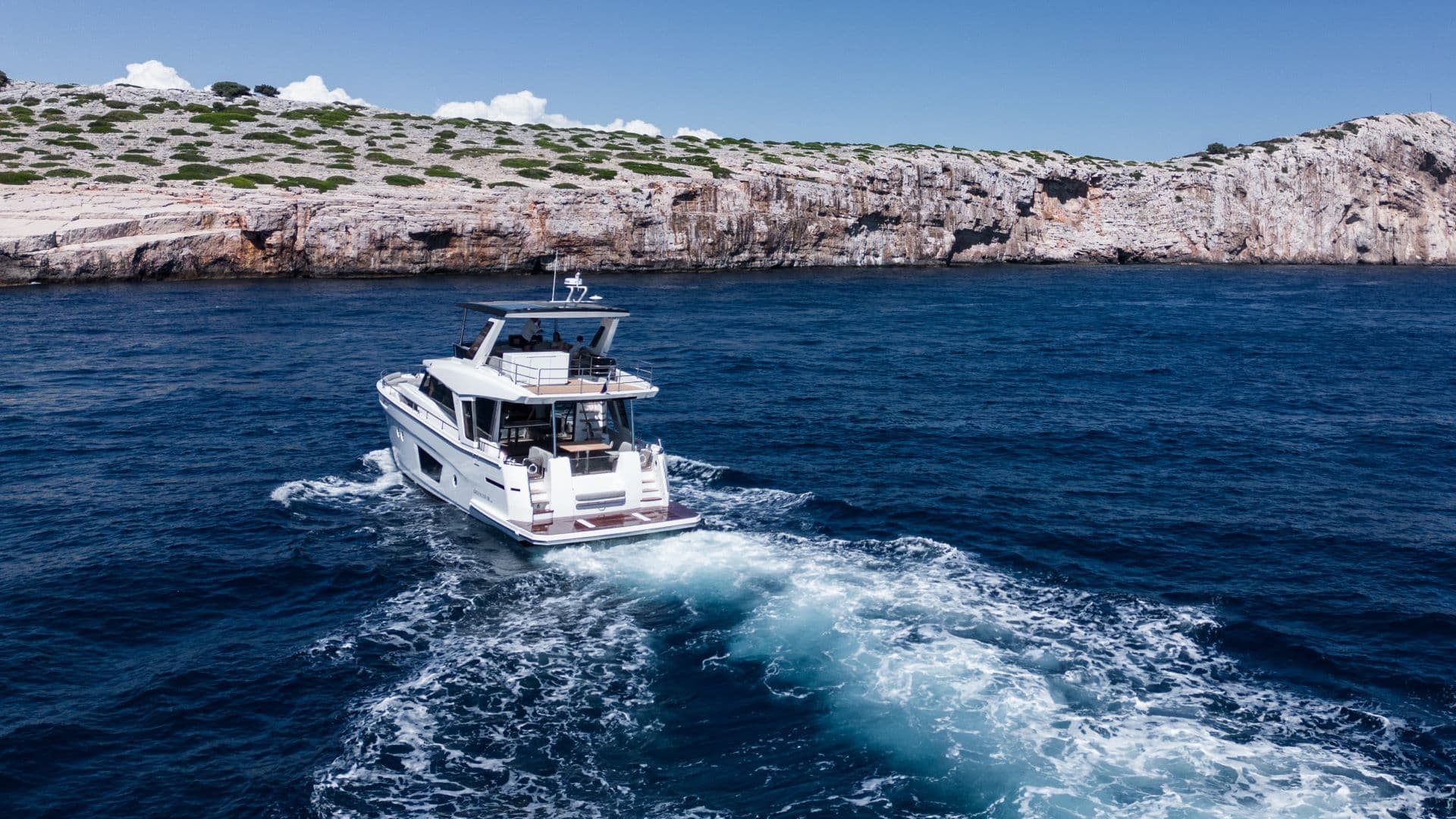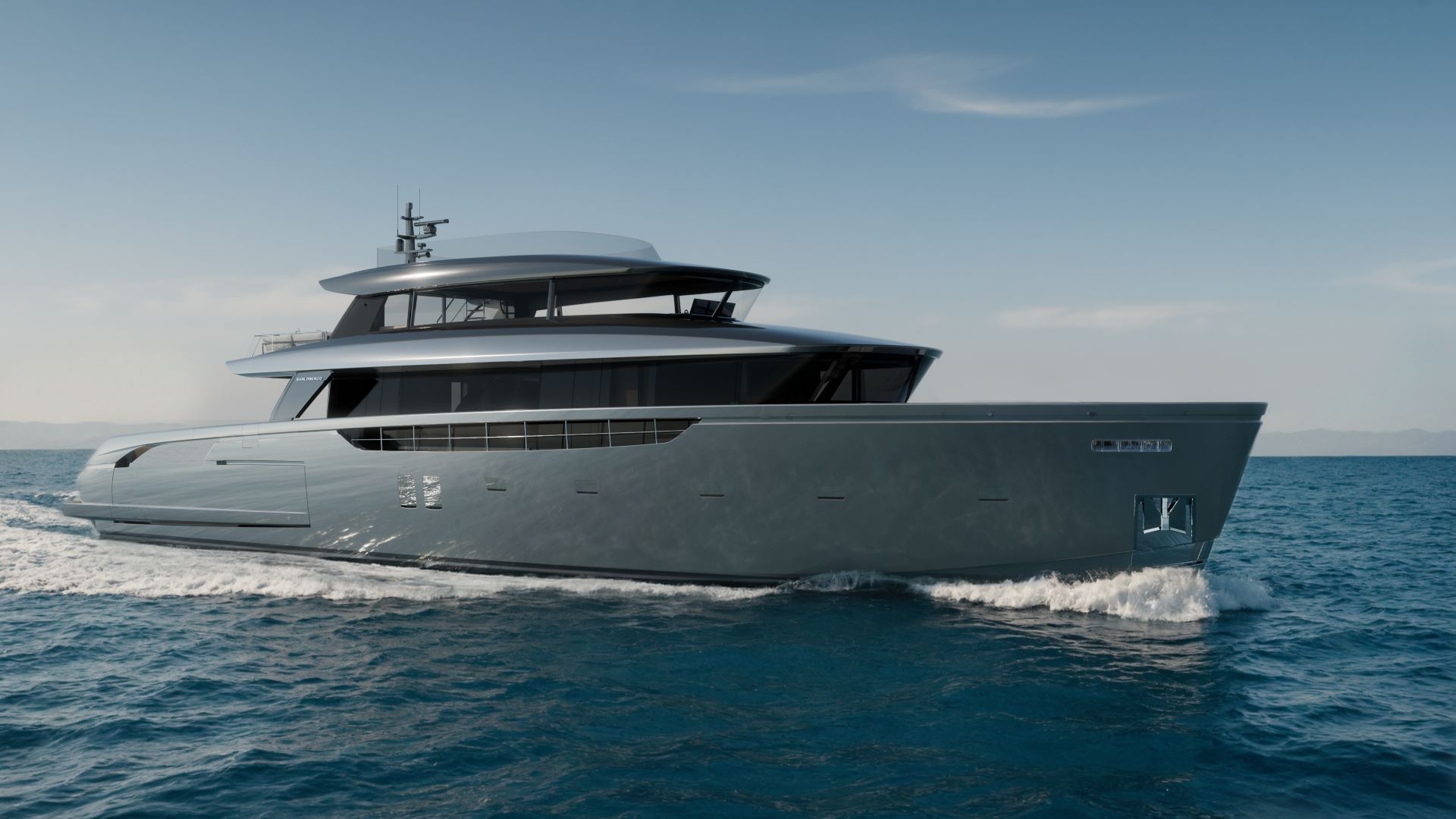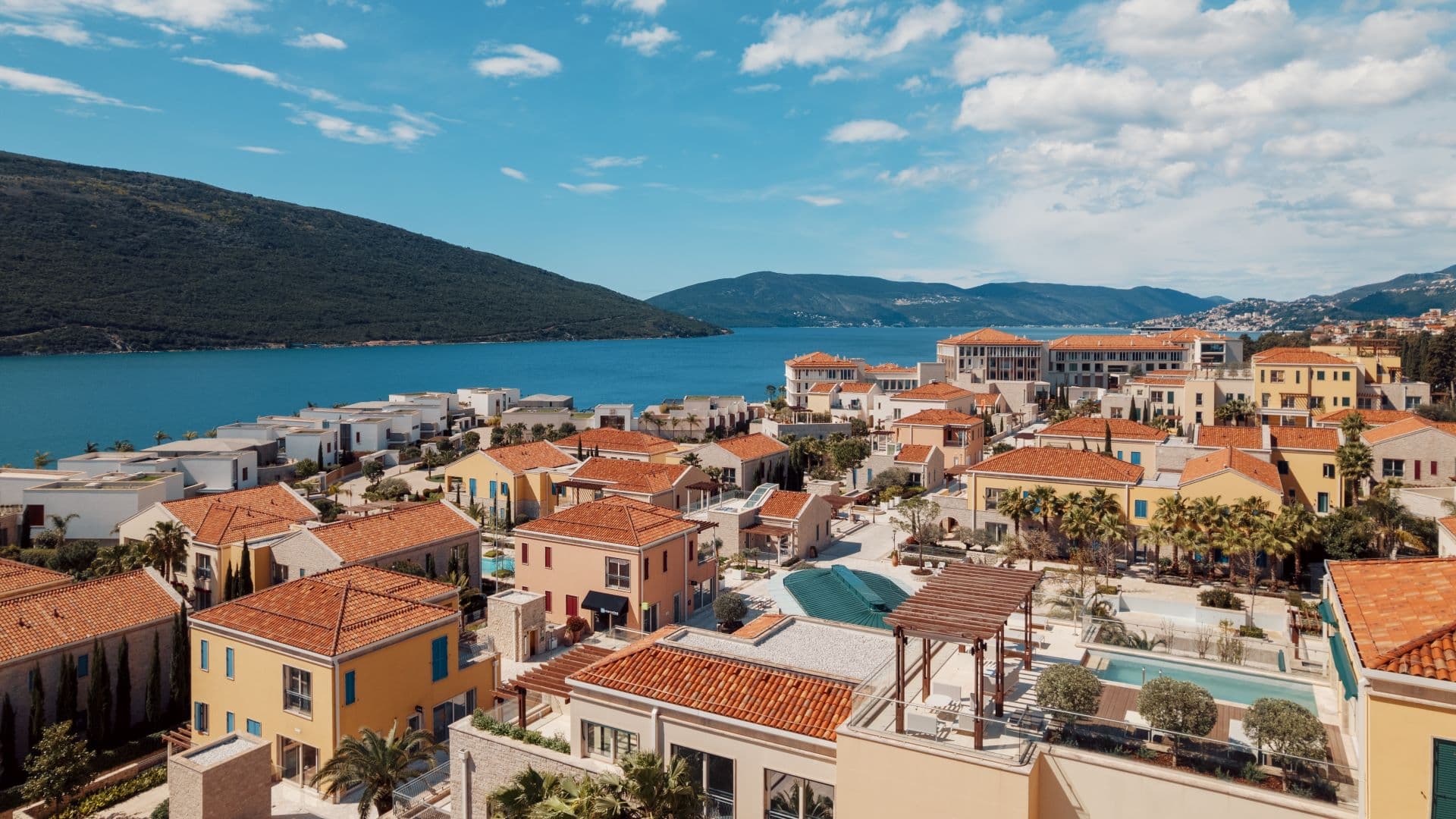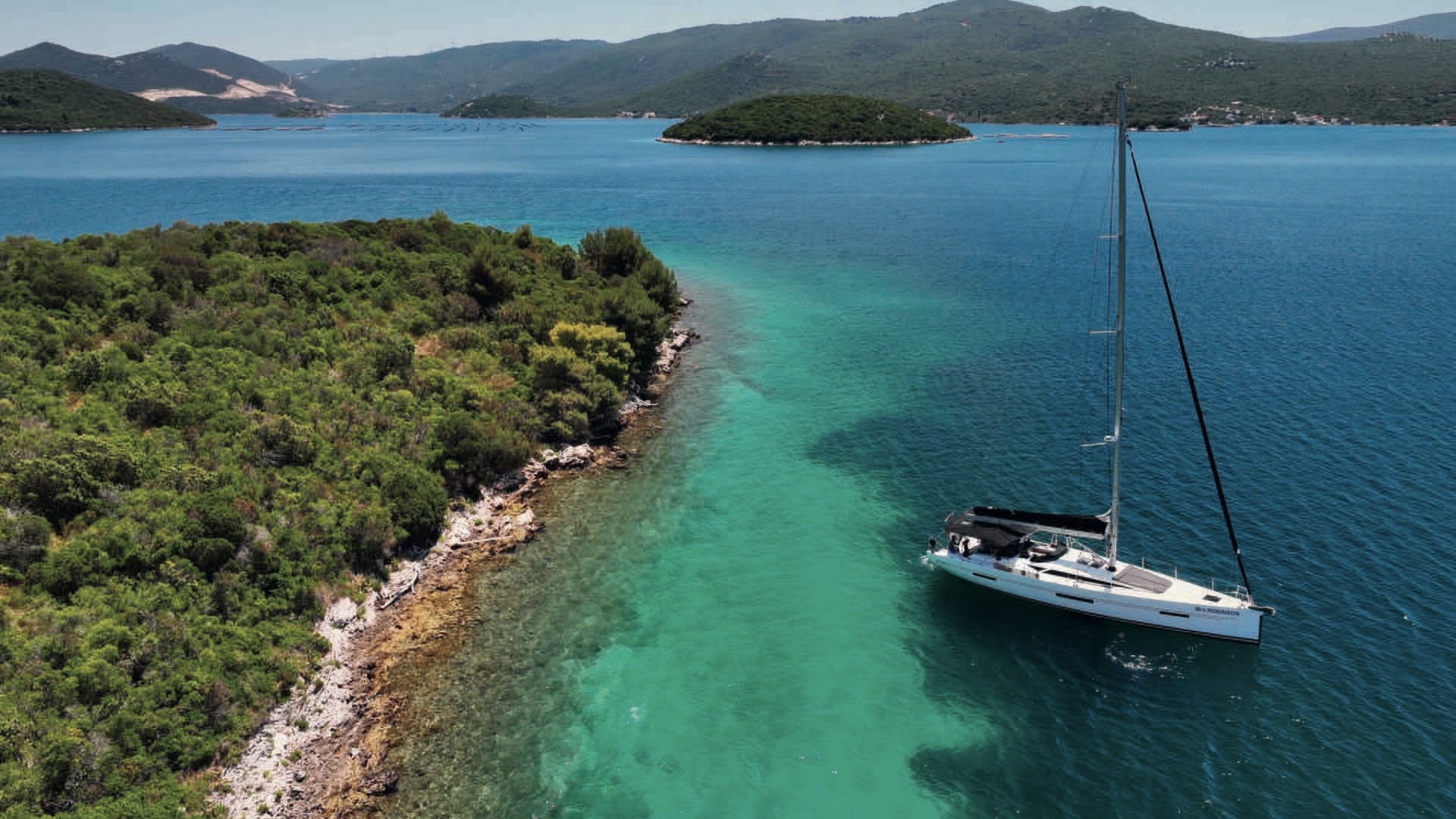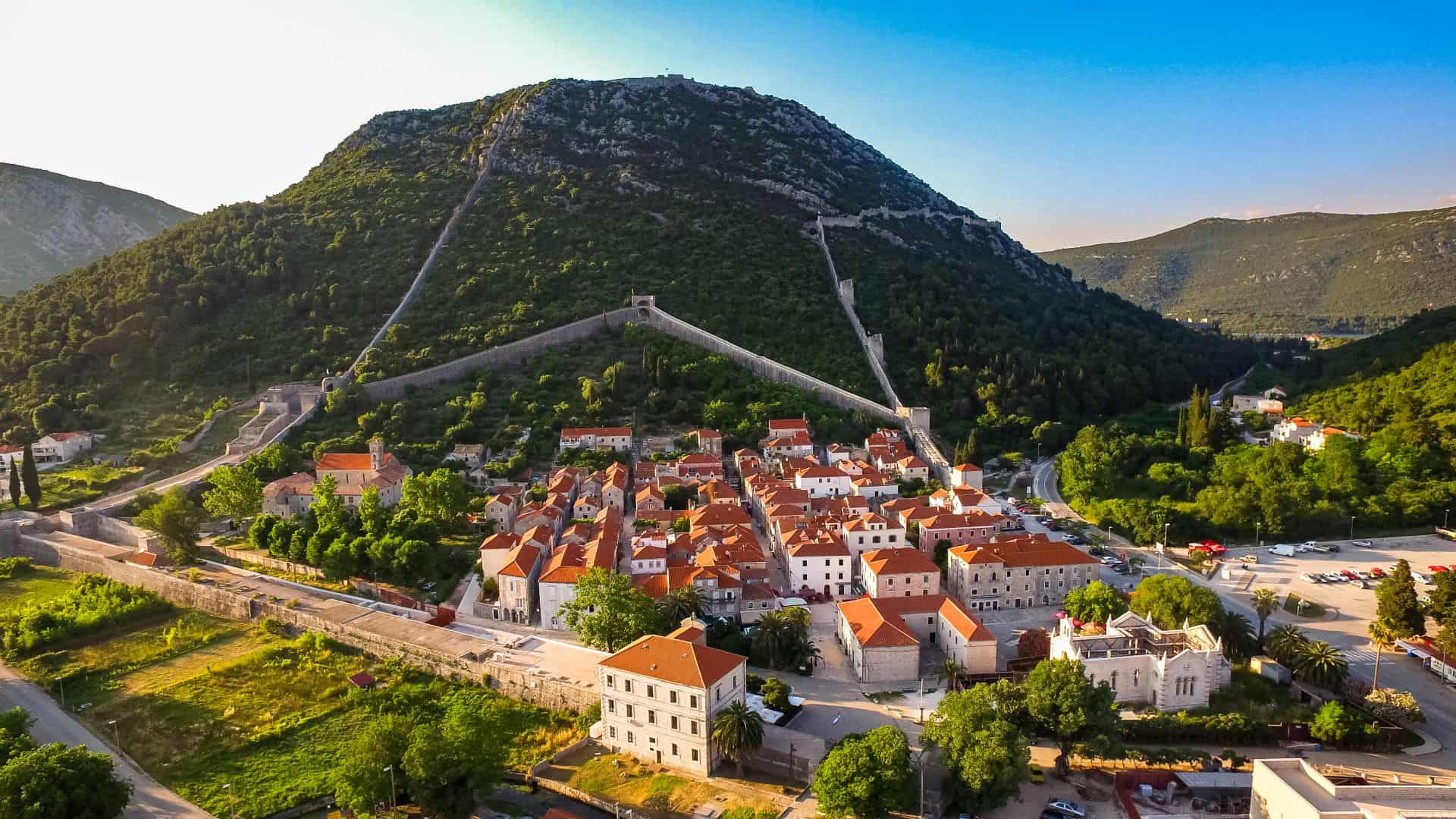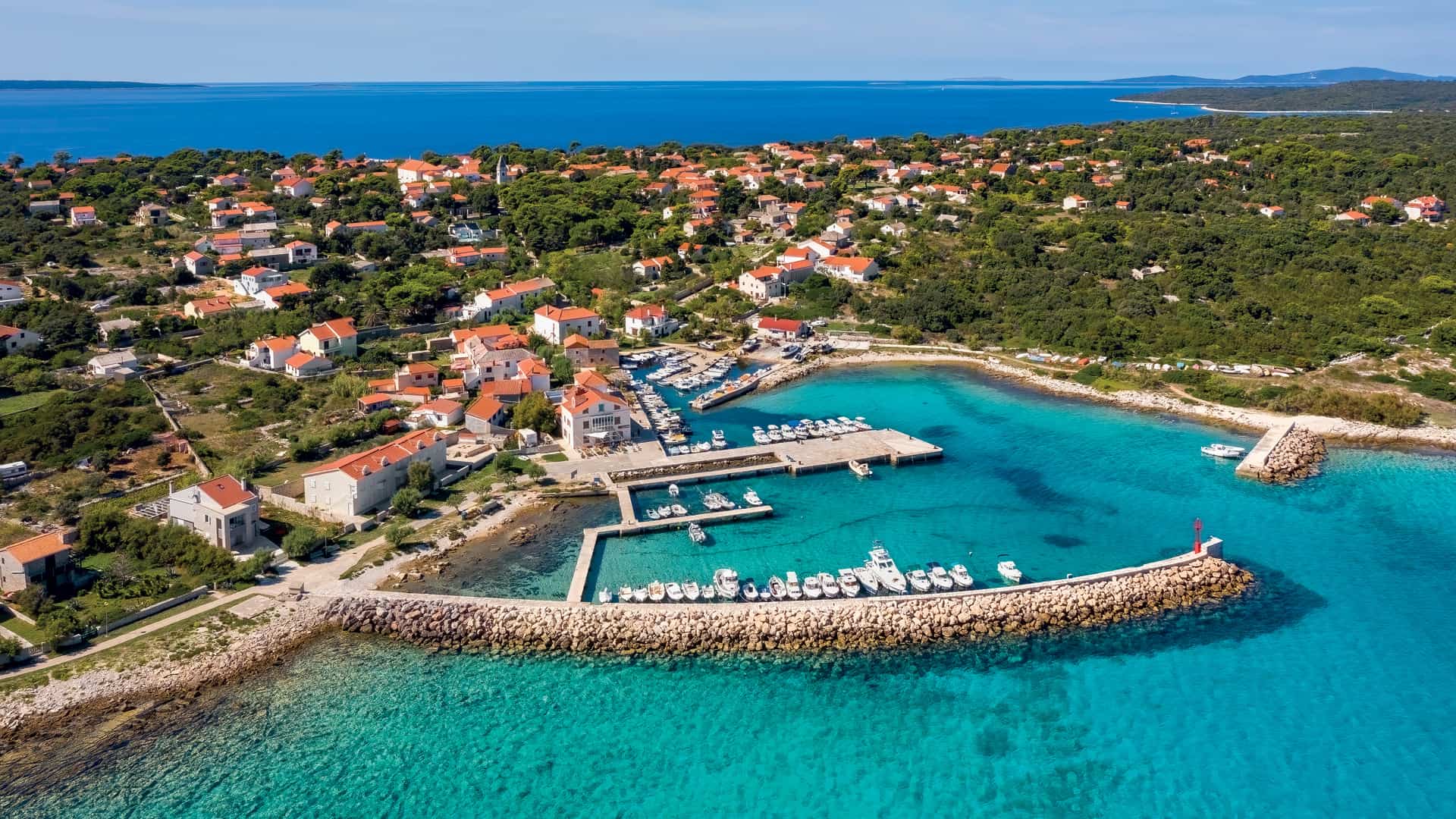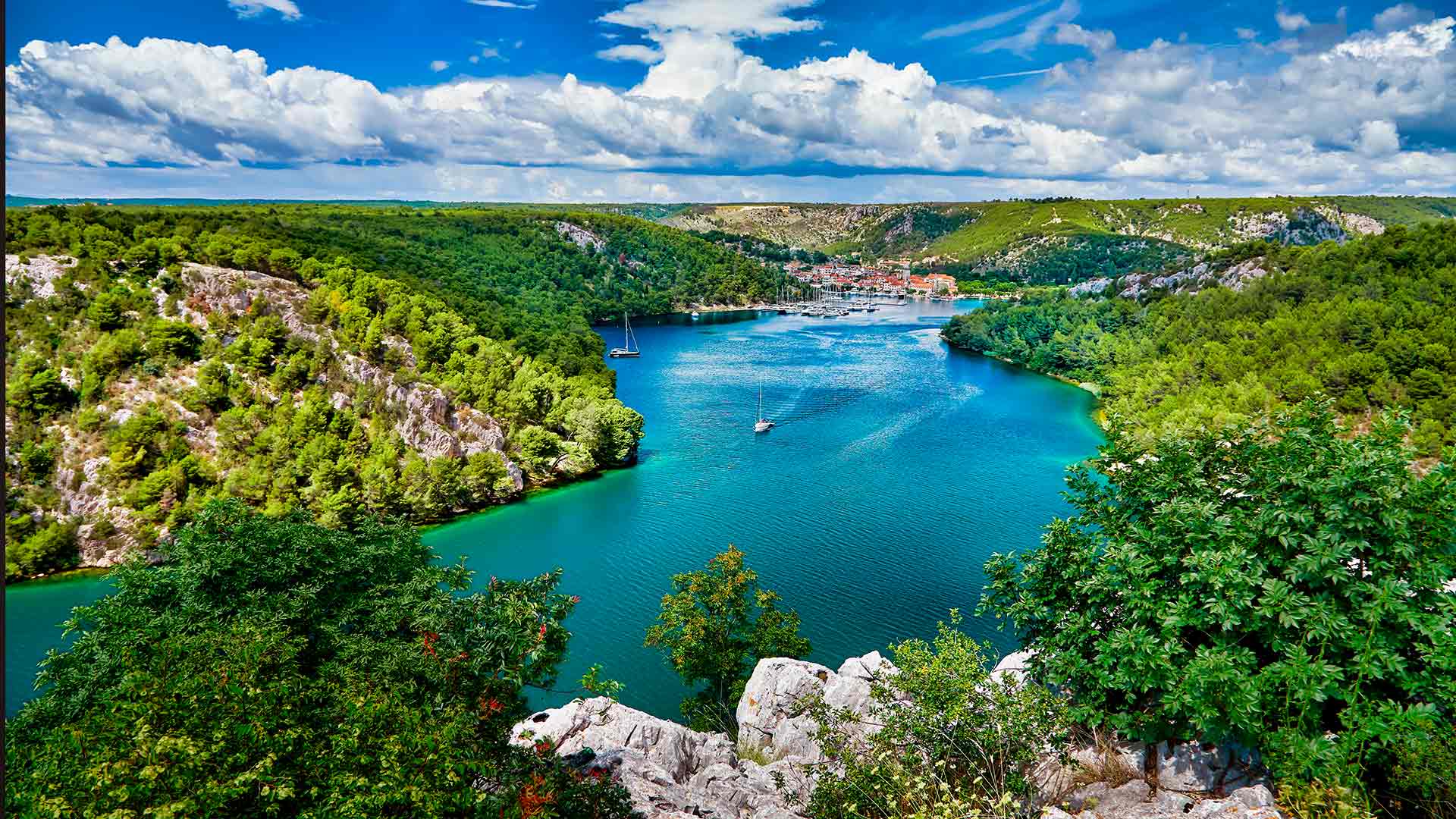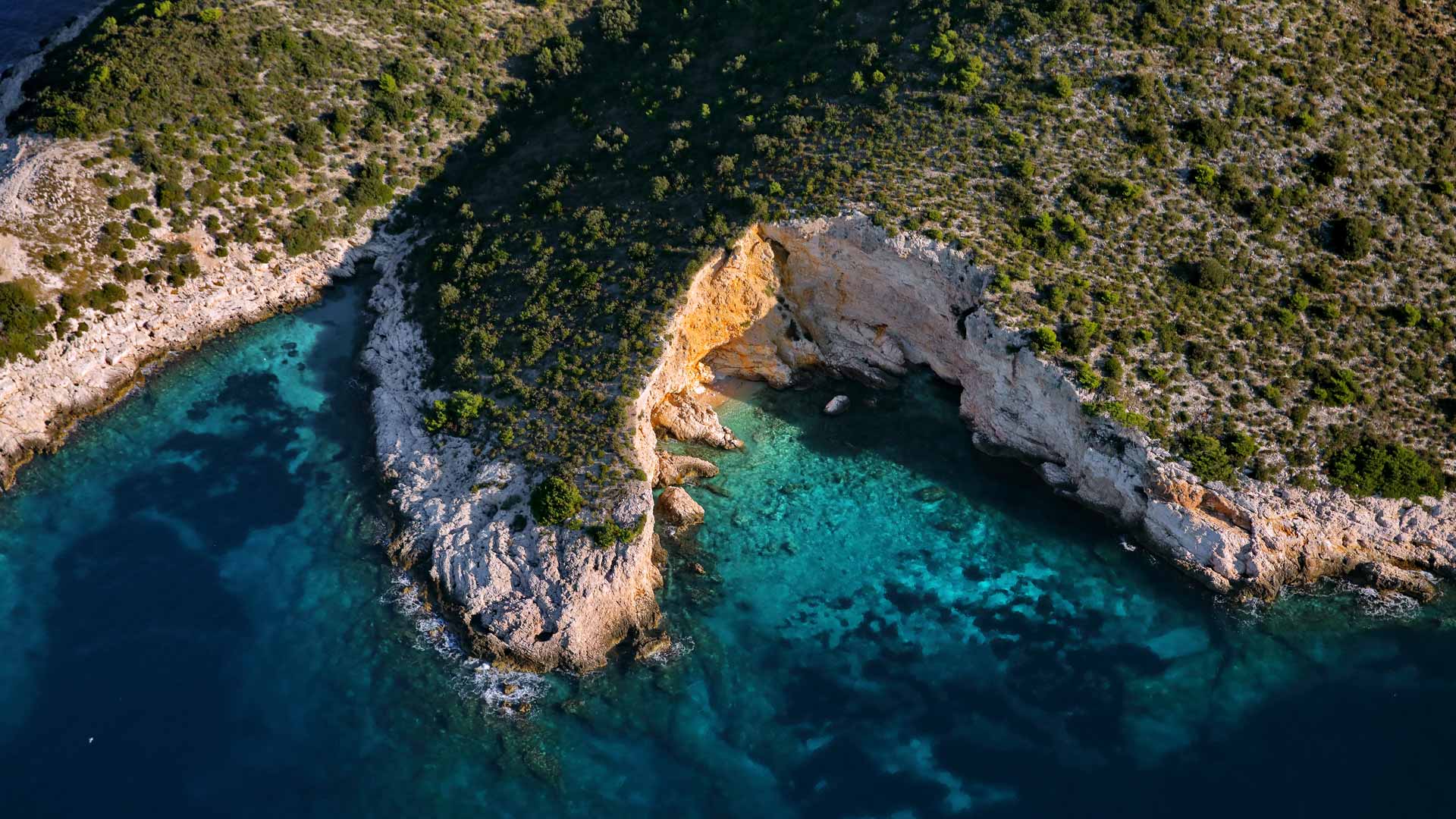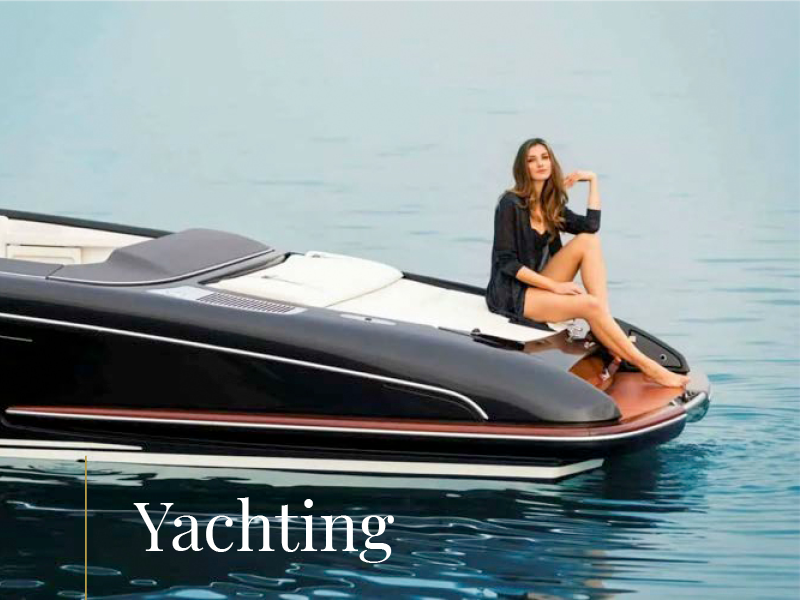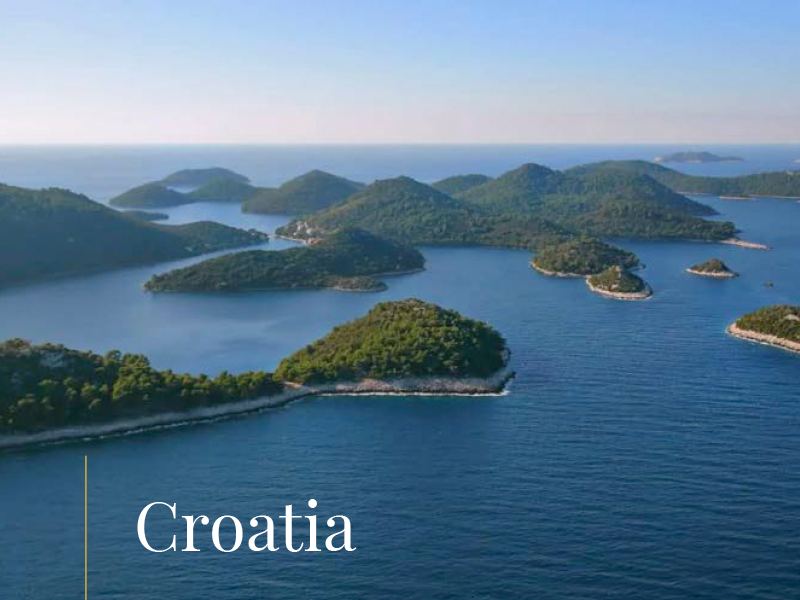In winter months, the largest and most visited Croatian national park is filled with tranquility and idyllic scenes of untouched nature
Discover the magic of winter at Plitvice Lakes
With its 16 turquoise lakes and countless waterfalls cascading down the river valley, Plitvice Lakes National Park’s unique beauty is enchanting throughout the year, but winter brings a special kind of magic. This is the time when visitors get the chance to experience idyllic scenes of sleeping nature, which become even more prominent covered with snow and ice.
A UNESCO-protected natural phenomenon
Plitvice Lakes National Park is the oldest and largest in Croatia, known for its unique lakes created through sedimentation, or the process of deposition of calcium carbonate aided by plants, algae, and mosses. The travertine barriers continuously grow and form lakes and waterfalls, creating an ever-changing landscape.
This natural phenomenon is the reason why Plitvice Lakes were included in the UNESCO World Heritage List in 1979.
Upper and Lower Lakes: Contrasting landscapes
The Upper Lakes are characterized by a dolomite substrate, lush forests, and wide, indented shores, while the Lower Lakes are located in a dramatic, steep limestone canyon. Although they are smaller and covered with fewer trees, the Lower Lake delight visitors with a unique combination of karst and water power.
This is where the famous Veliki Slap (‘large waterfall’) and Sastavci are located. Its height of 78 meters makes it the tallest waterfall in both Plitvice Lakes National Park and the entire country.
The winter majesty at the Lower Lakes
The Lower Lakes, open to visitors in winter, offer tranquility and scenes of magnificent waterfalls, whose murmur stops only when the temperatures are low enough for ice. Being covered with snow makes them seem unreal, like a white fairy tale, which is especially appealing to fans of photography.
Winter activities for visitors
This is the ideal opportunity for visitors looking forward to snow and winter activities to feel nostalgic joy with their feet crumping down into snow. Children can try their hand at sledding or skiing at the ski resort in the nearby village of Mukinje, while those seeking a more peaceful experience can simply enjoy a walk and view of the snowy scenes.
Mukinje ski resort: A winter playground
The ski area has several gentle slopes, with a lift able to carry 400 skiers per hour, ideal for recreational skiers and beginners. In addition to daytime skiing, night skiing under floodlights is available on Fridays and Saturdays, while skiing, snowboarding, and even sledding equipment can be rented at the ski resort, allowing visitors to enjoy the joys of winter carefree.
Lička Kuća: A taste of tradition
One of the most famous restaurants in the park and the surrounding area is Lička kuća, which is located near entrance 1 and offers authentic Lika specialties, prepared using local ingredients, both in traditional and contemporary versions.
Here, visitors can warm up in a rustic ambience dominated by wood and traditional elements, which is a true joy after a day spent in the winter air.
A wilderness beyond the lakes
Although Lika’s winters tend to be long and cold, snow is sometimes absent. This is still a great time to visit the Lakes in a calmer atmosphere, far from everyday worries and cares. The most visited part of the national park includes only surface waters, which occupy only one percent of its total area of 300 square kilometers.
82 pits and 32 caves are scattered throughout the park, with Šupljara, Vile jezerkinje, and Golubnjača standing out as geomorphological natural monuments. Most of the park is covered by dense forests, including the Čorkova uvala rainforest, home to three large European beasts – the wolf, the Eurasian lynx, and the brown bear.
A winter escape like no other
The Plitvice Lakes are an endless source of natural beauty and unforgettable experiences for all visitors, especially in winter, when the park offers a unique opportunity to enjoy nature in its most peaceful and pure form.
Text Marin Nikolić
Photos Darjan Pervan, Boris Kačan, NP Plitvička jezera/Rade & Lucija Jug
